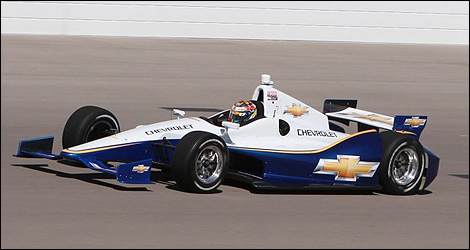zenji wrote:Could anybody please tell me in what way this car is a 'delta wing'?
The space shuttle is a delta wing, at high alpha (angle of attack) it generates a strong 'tornado' vacuum of air behind wings upper edge. (gripping the wing)
Did they propose feeding the rear diffuser with the such a vortex of air?
The car should really be called the 'force fed diffuser type' perhaps, the diffuser would provide barely any space for a vortex to develop, it would just be a plain old venturi.
Well, sort of
One is a delta wing and the other is DeltaWing....
Both shed a pair of (shockingly simlar shaped) vortices around a similar plan view layout, one is a wing and the other has under-wings.
The main purpose of the design is low drag and you can see it in use everywhere including F1 wishbones where for any given surface area you just have a lot less drag when the surface doesn't need to expand to full width right away like a squared plan view layout does. This is a very very old concept and that is exactly the point. I dont think it is that important to get caught up in how they answered the question but more important that someone said: These cars re totally controlled by aero now, so why are we using the identical layout as 100 years ago when we had no idea about aero? Thats what I like about it. I think everyone should appreciate that and I think the future is there whether you dislike this particular design or not, the regulations are the thing keeping the old concepts rolling.
With that said,the aero side conceptually is not all new. That shape evolved from the early 80s Indy Cars designed at AAR by Hiro Fujimori and later with Yoshi Suzuka. The trick I am sure was making downforce with that shape because it seriously limits the surface area. Really its the combination of this and the vehicle dynamics that is interesting along with the details of how the aero evolved 30 years later.
Attached 1983 Eagle and DeltaWing 2013 photos







